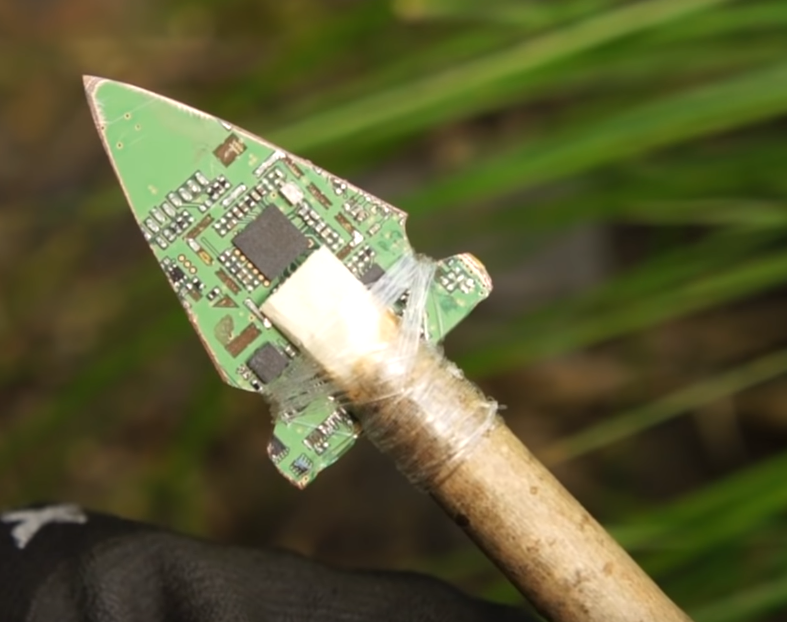

They’re a part of the mix. Firewalls, Proxies, WAF (often built into a proxy), IPS, AV, and whatever intelligence systems one may like work together to do their tasks. Visibility of traffic is important as well as the management burden being low enough. I used to have to manually log into several boxes on a regular basis to update software, certs, and configs, now a majority of that is automated and I just get an email to schedule a restart if needed.
A reverse proxy can be a lot more than just host based routing though. Take something like a Bluecoat or F5 and look at the options on it. Now you might say it’s not a proxy then because it does X/Y/Z but at the heart of things creating that bridged intercept for the traffic is still the core functionality.






I looked about for it and the PG update basically involves creating a new folder to initialize and then exporting/importing the old DB, but haven’t successfully done so yet here.